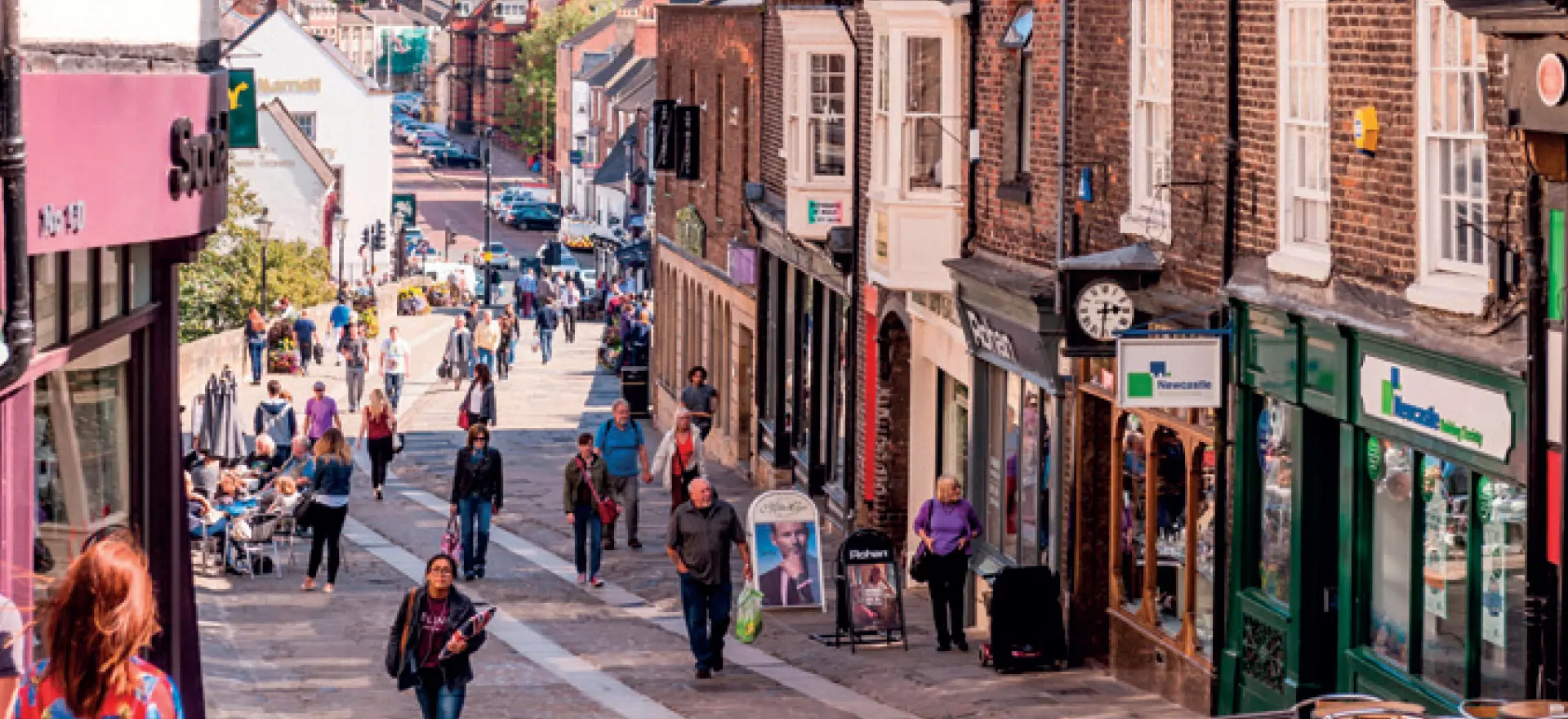Central Government is implementing a comprehensive review of planning policy as it relates to the high street, focusing on use classes and permitted development rights.
The Secretary of State, Rt Hon Robert Jenrick MP, tweeted about changes to the Use Classes Order that will come into force on 1 September:
“Today I have introduced new laws to support the recovery and reimagination of our high streets and towns. As we protect and grow our economy post #COVID19, we must think flexibly about how best to support our high streets and town centres”.
Changes to town centre use classes will allow far greater flexibility to change uses within town centres without the need to obtain planning permission. They will make current shop frontage planning policies obsolete or toothless, restricting the ability of local planning authorities to control the mix of uses.
The changes provide for three new uses classes: Class E (Commercial, business and service), Class F.1 (Learning and non-residential institutions) and F.2 (Local community).
The changes will combine:
Shops (A1), financial/professional services (A2), cafés/restaurants (A3), indoor sports/fitness (D2 part), medical health facilities (D1 part), creche/nurseries and office/business uses (B1) will be subsumed into a new single Use Class E.
Many development plans have sought to prevent the decline of Class A1 shop uses in town centres by restricting changes of use. The new approach aims to promote the vitality and viability of town centres by allowing more diversification in a way that can respond to rapid changes in the retail and leisure sectors. The increased flexibility will be welcomed by many landlords and fund managers with vacant premises. It remains to be seen whether this ‘let the market decide’ approach has harmful unintended consequences for town centres. However, local planning authorities will now need to re-think their policy/strategies for town centres, with less emphasis on retail as the key attraction.
The potential implications of permitted changes in use outside town centres may also have unintended consequences. Could a large out-of-centre B1 office building with no restrictive conditions be converted to retail use(s) without planning permission or an assessment of the impact on the town centre or application of the sequential test? Allowing retail uses to occupy out of centre buildings appears, therefore, to run counter to the objective of maintaining and enhancing town centres, but presumably also reflects the expectation that the retail market is unlikely to seek such development formats and locations in the future.
Other changes introduce more restrictions rather than flexibility. Partly in response to the impact of the Covid-19 crisis, there is added protection against the loss of learning, non-residential and community facilities, including museums public halls and local shops. These uses are now included in new Classes F1 and F2. Other potential ‘bad neighbour’ town centre uses have been placed in the list of sui generis uses, with no permitted changes of use e.g. pubs/bars (A4), takeaways (A5), cinemas and live music venues; albeit that this is as much about protecting some of these uses as it is about ensuring changing to those uses requires planning permission. The grey area relating to food/beverage outlet’s classification as A3 or A5 will become a key area of dispute e.g. it is not clear whether a mixed restaurant and takeaway use is now in the new E class or sui generis.
We have prepared a table that gives an overview of the
new and retained use classes. For the new Use Class E, the table shows that whilst this combines some commercial ‘High Street’ uses, so that change of use is not development at all (as opposed to permitted development), there are now several more uses defined as sui generis, including more main town centre uses than previously.
In combination, these changes represent the most fundamental change in town centre planning for over 30 years.




